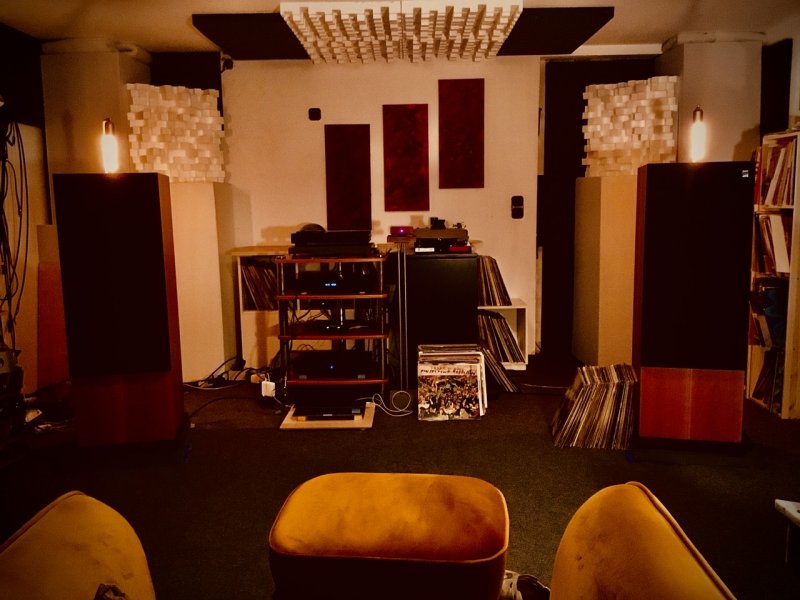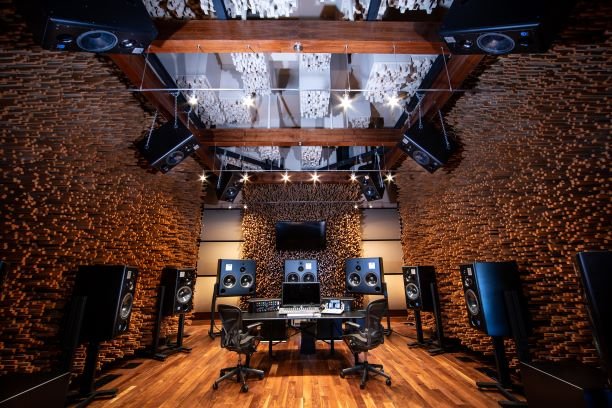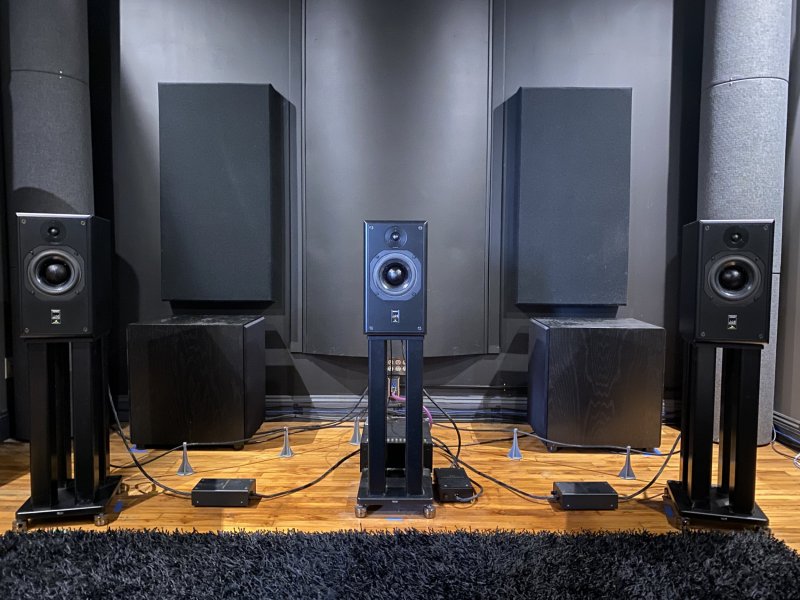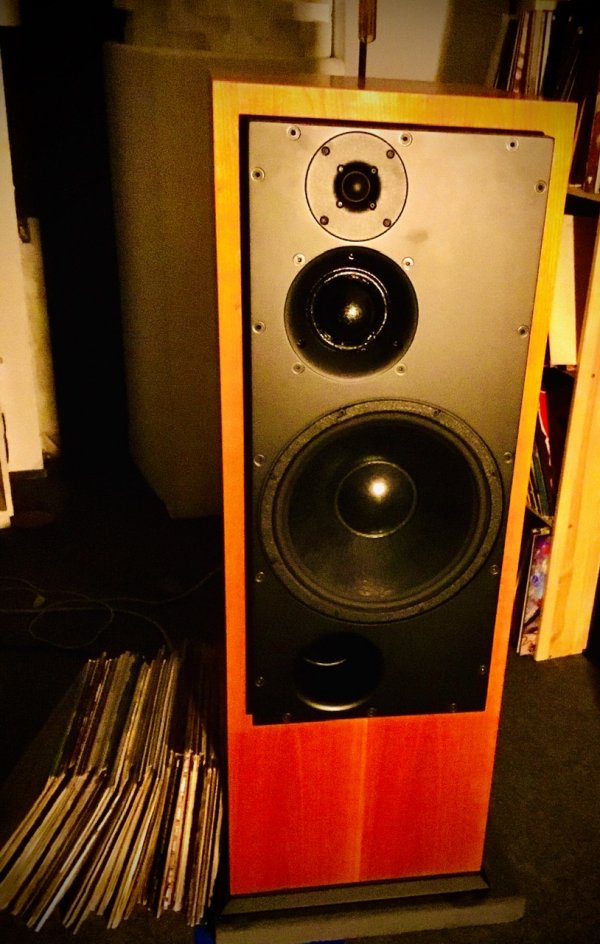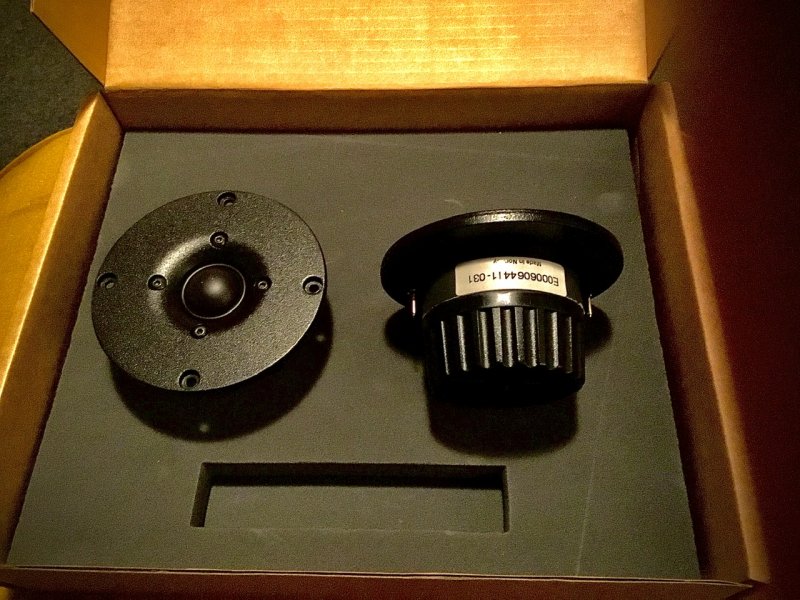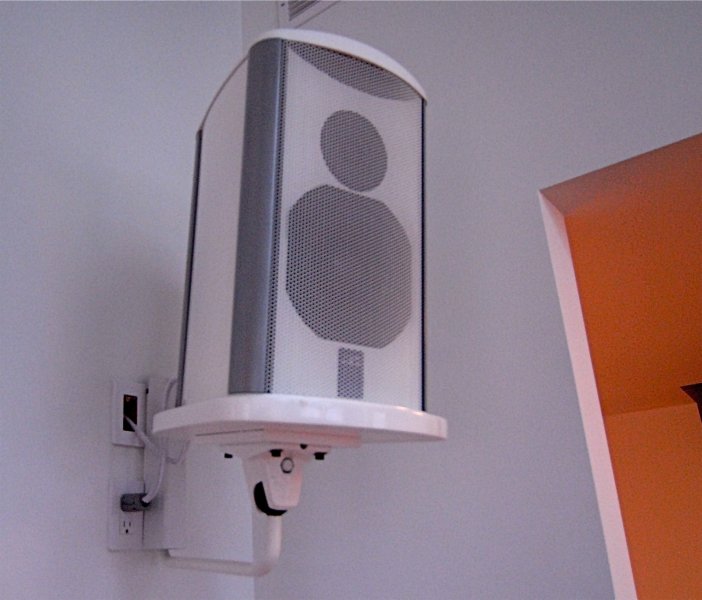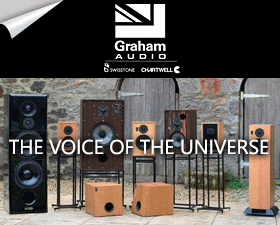Thank you for the speedy response, Brad. This does not answer my question directly, but I think I can discern the answer from what you've said in your reply. ATC purposely designs their speakers NOT to be flat.
You try to explain how this is preferable, even from the viewpoint of those doing mixing and mastering, but I still can't figure out how a flat response can be too bright if the source is properly balanced. If the mix is too bright, then it should be fixed in the mix, shouldn't it? --- unless there is some technical thing going on that plays with the higher frequencies despite a mixer's best efforts to properly equalize, and there is therefore always a need for some behind-the-scenes correction.
I am asking about ATC speaker design in particular because I am researching the best speakers to use as the main monitors in my small project studio. (I already have a pair of Yamaha NS-10M Studios and Auratone 5C cubes. I am looking for some speakers to serve as primaries, an upgrade from my Event 20/20 bas monitors.) Because the content I am producing is not generally music, but rather audio drama, audiobooks, interviews, sound effects, and environmental ambience, I have been seriously considering Harbeth loudspeakers. Harbeth's design philosophy gives special attention to the faithful reproduction of the human voice, and also to naturally produced sounds like those of acoustic instruments. This philosophy seems a good match for my projects, yet I don't find Harbeths being used in other recording studios. ATC speakers, on the other hand, are very often found in recording studios, and enjoy a good reputation. But are they better than Harbeths for my application? These are the two brands of speaker I am currently considering. So, I have some additional questions for you. Are the drivers and crossover technology used in ATC's consumer hifi speakers the same as those of the professional speakers? And, are the consumer hifi speakers voiced differently from those in the professional line? Do the two lines of speakers essentially differ only in size and cosmetics?
T. A. E. Brown
Franconia, New Hampshire USA
